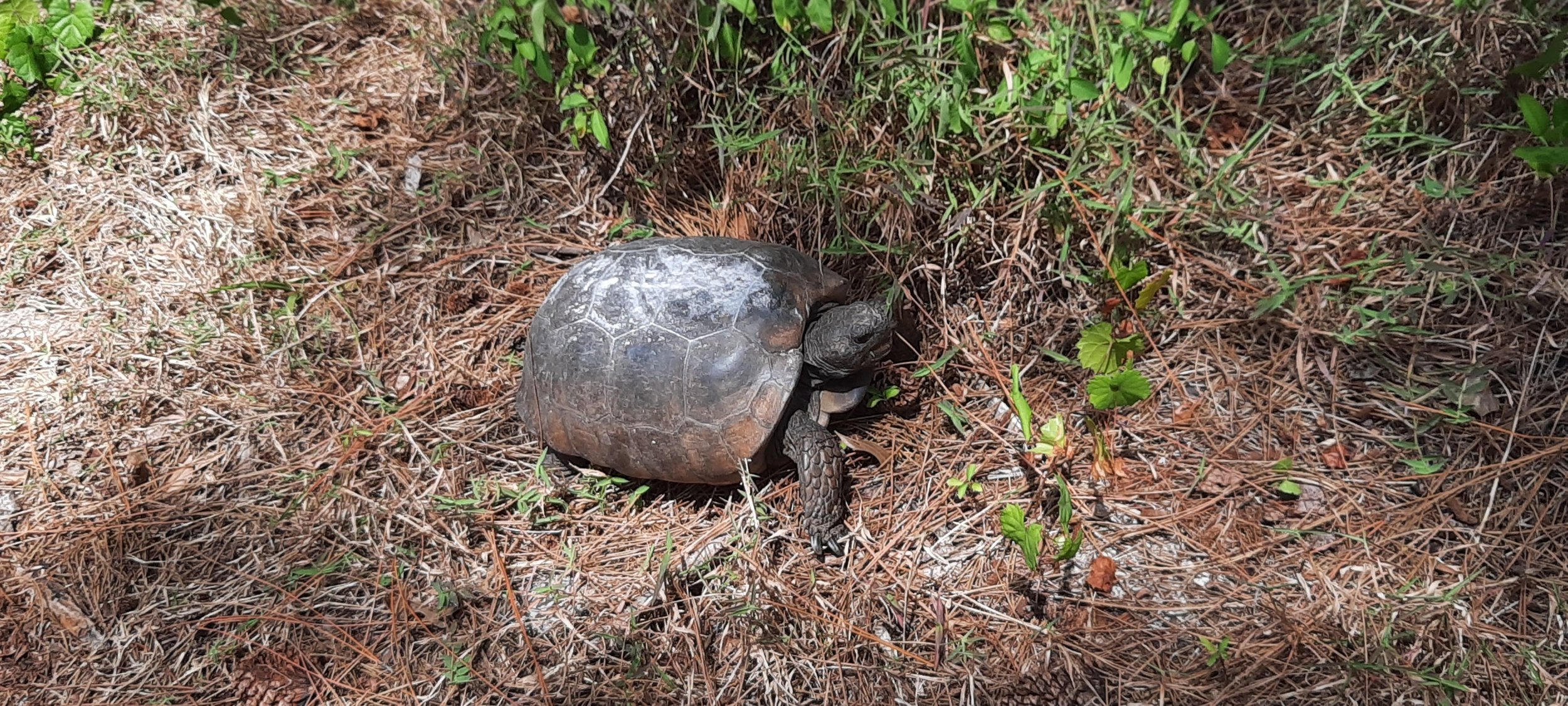
Gopher Tortoise
The Florida Gopher Tortoise: Conservation, Behavior and Future Outlook
The gopher tortoise (Gopherus polyphemus) is a keystone species originally found in the southeastern part of the United States and is most abundantly located in Florida. It burrows characteristically and serves an absolutely essential role in its ecosystems, sheltering over 350 other species, which include the endangered eastern indigo snake and the gopher frog. Its ecological value notwithstanding, there are numerous threats that continue to militate against it, making the animal a threatened species in Florida.
Conservation Success and Challenges
The main conservation efforts so far regarding the gopher tortoise include habitat protection and relocation, besides public education on the matter. The protection of the species by law in Florida criminalizes hurting, harassing, and disturbing tortoises and/or their burrows. This has, therefore, led to activities affecting gopher tortoise habitats-including land development-being set under permit systems, apart from the state-funded relocation programs that move tortoises into protected areas.
Notwithstanding these efforts, habitat loss is still the main threat to the species. The rapid urbanization and expansion of agriculture have greatly reduced the natural habitats-sandy uplands, scrub forests, and long-leaf pine ecosystems-of this tortoise. Fragmentation results in the isolation of populations from one another, making it very hard for tortoises to find mates, resulting in a decline in genetic diversity.
Other threats include vehicle strikes, disease, and predation of eggs and juveniles by raccoons, armadillos, and feral hogs. Climate change adds additional stress, shifting temperatures and rainfall patterns could alter the availability of suitable habitats.
Behavior and Ecology
Gopher tortoises are medium-sized land turtles with a shell length of 9-11 inches for adults. They are herbivores and feed on grasses, wildflowers, fruits, and other low-growing vegetation to help maintain plant diversity within their habitats.
The species is best known for its burrows, which can reach up to 40 feet in length and 10 feet deep. These burries provide refuge not only for the tortoise but also for hundreds of other species, offering protection from extreme temperatures, predators, and fire. Being a keystone species, the gopher tortoise's decline would have cascading effects on the ecosystem.
Gopher tortoises are solitary but will share their burrows with other tortoises during cold weather or dry seasons. Mating occurs in the spring, and females lay 3–15 eggs, usually in sandy areas near their burrows. Hatchlings face high predation rates, with only a small percentage surviving to adulthood.
It is fire-adapted in its native habitats, including longleaf pine forests where periodic burning maintains open canopies and favors the growth of low vegetation. Fire suppression degrades such habitats, making them less suitable for gopher tortoises.
Future of the Species
Is future is tied to continued conservation and proactive management of its habitat. Longleaf pine restoration, as well as the recovery of other native habitats, is extremely important for species survival. The use of prescribed burns and habitat restoration programs helps keep areas open and sandy for the tortoises.
Acquisition of land and conservation easements remain necessary to protect tortoise habitats from development. Any action relocating tortoises from development sites to receiving sites needs to be appropriately prepared to receive the animals.
Public education and community outreach are also important. Bringing awareness to the ecological value of gopher tortoises and legal protections for their burrows can reduce human disturbances. Encouraging private landowners to adopt gopher tortoise-friendly practices can expand available habitat.
Climate change will continue to present long-term challenges for vegetation and habitat conditions. Research and monitoring will be required to understand how the species will respond to these changes and to develop adaptive management strategies.
In the final analysis, the Florida gopher tortoise is a resilient yet vulnerable species that plays an irreplaceable role in its ecosystem. With continued conservation efforts and habitat management, this keystone species can persist as a vital component of Florida's biodiversity and natural heritage.

